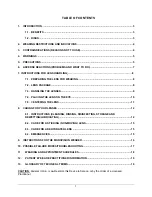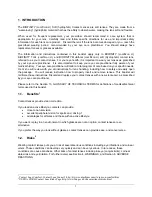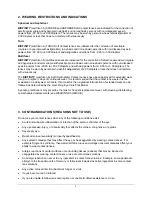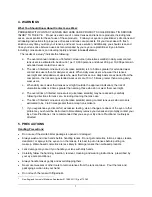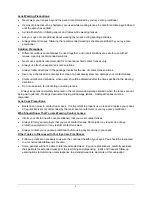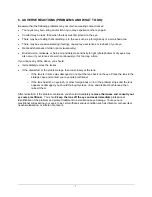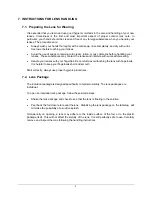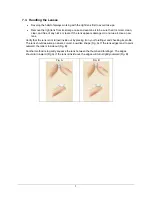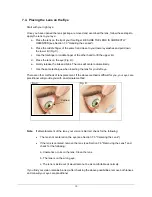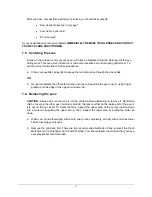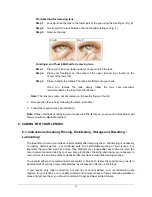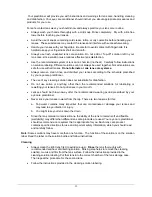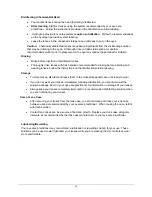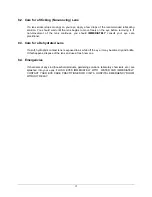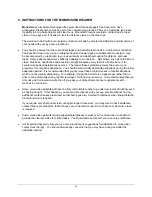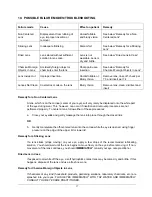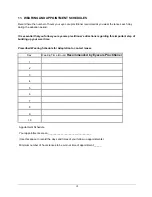
3
1. INTRODUCTION
The BIOFINITY (
comfilcon A
) Soft (hydrophilic) Contact Lenses are soft lenses. They are made from a
"water-loving" (hydrophilic) material that has the ability to absorb water, making the lens soft and flexible.
When used for frequent replacement, your prescriber should recommend a care system that is
appropriate for your lens. Carefully read and follow specific directions for use and important safety
information for each lens care product. Discard the lens if the lens becomes damaged or you reach the
prescribed wearing period recommended by your eye care practitioner. You should always have
replacement lenses or glasses available.
The information and instructions contained in this booklet apply only to BIOFINITY (
comfilcon A
),
BIOFINITY Toric (
comfilcon A
), and BIOFINITY Multifocal (
comfilcon A
) soft (Hydrophilic) contact lens,
referred to as your contact lenses. For your eye health, it is important to wear your lenses as prescribed
by your eye care practitioner. It is also important to keep your eye care practitioner fully aware of your
medical history. Your eye care practitioner will tailor a total program of care based on your specific needs.
He or she will review with you all instructions for lens handling, including how to safely and easily open
the package. You will receive instruction how to properly insert and remove lenses. This booklet will
reinforce those instructions. Discard and replace your contact lenses with a new sterile pair, as prescribed
by your eye care practitioner.
Please refer to the Section 13, GLOSSARY OF TECHNICAL TERMS for definitions of medical/technical
terms used in this booklet.
1.1. Benefits
1
Contact lenses provide vision correction.
If you lead an active lifestyle, contacts can provide:
•
close to natural vision
•
excellent peripheral vision for sports and driving. f
•
advantages for athletes and those with an active lifestyle
If you work or play in an environment in which glasses are not an option, contact lenses are an
alternative.
If you prefer the way you look without glasses, contact lenses can provide ease, and convenience.
1.2. Risks
2
Wearing contact lenses puts you at risk of several serious conditions including eye infections and corneal
ulcers. These conditions can develop very quickly and can be very serious. In rare cases, these
conditions can cause blindness. Other risks of contact lenses include pink eye (conjunctivitis), corneal
abrasions and eye irritation. For further detail, see Section 4, WARNINGS, and Section 6, ADVERSE
REACTIONS.
1
Contact Lens Comfort ,Contact Lens Council, http://www.contactlenscouncil.org/scon-comfort.htm
2
US FDA CDRH Contact Lens Risks Page, http://www.fda.gov/cdrh/contactlenses/risks.html


